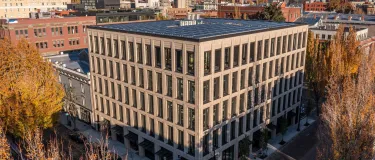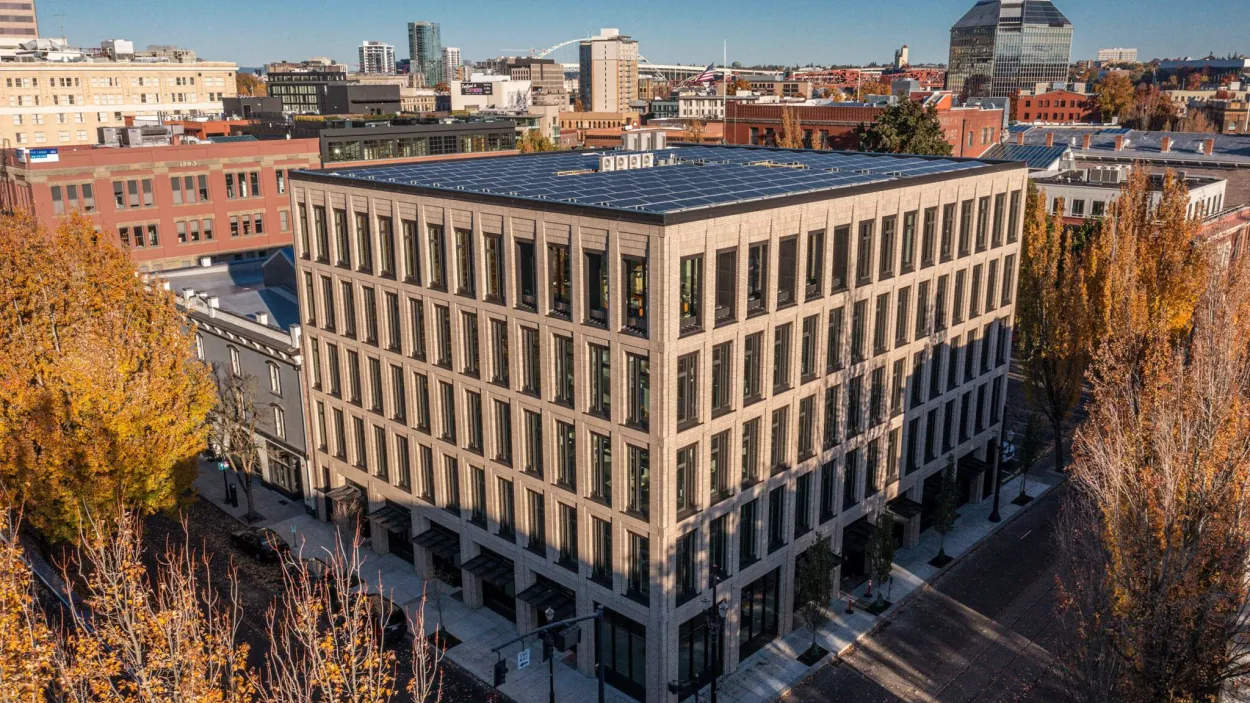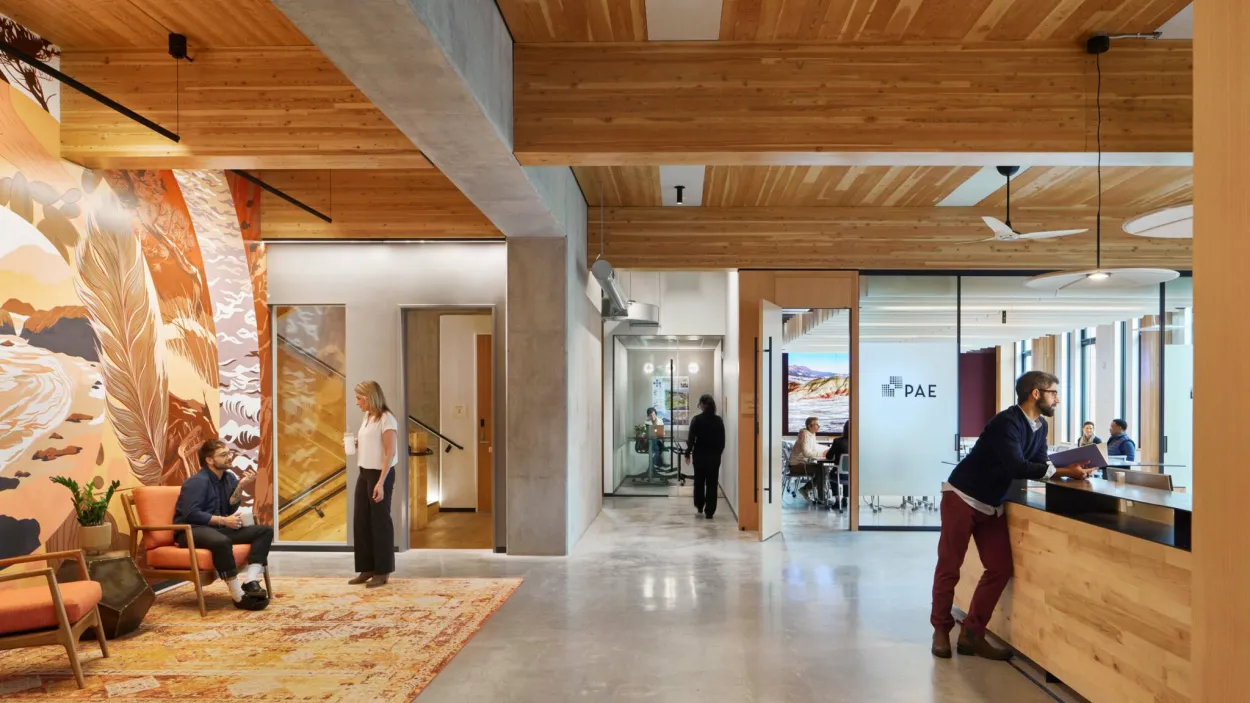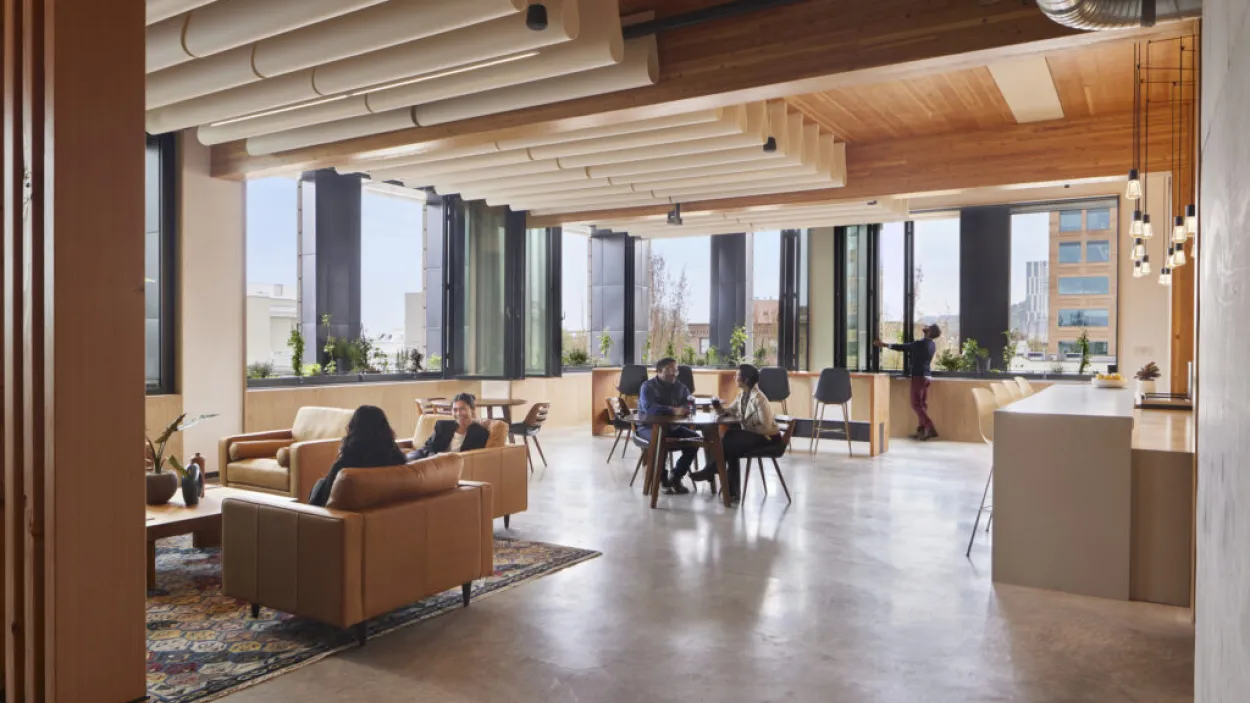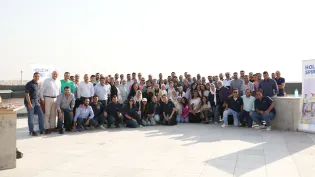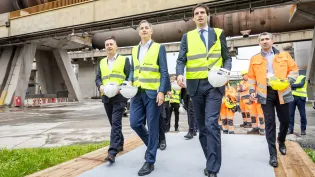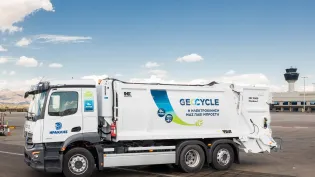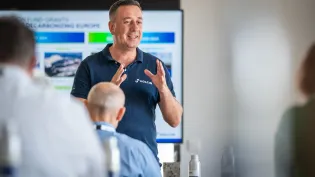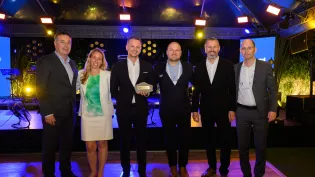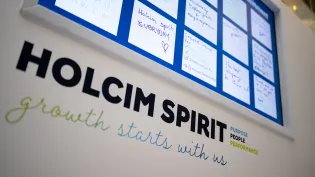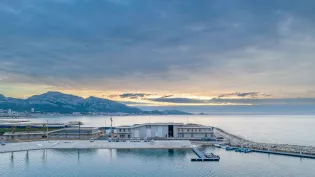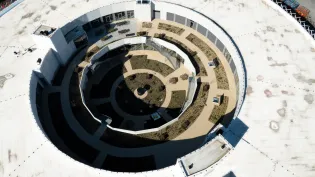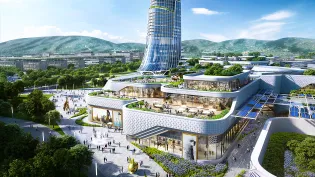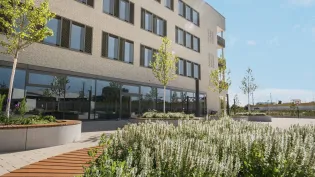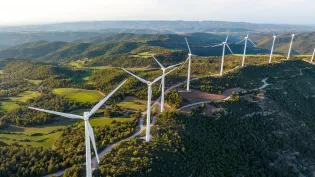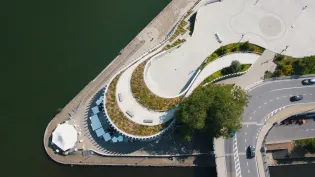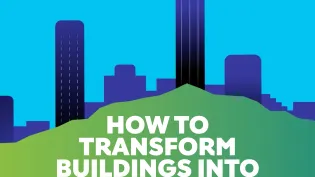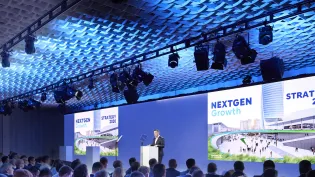Building the future we deserve: in conversation with Living Future Institute
It is not enough to work toward a net-zero future. We must go further and strive for a net-positive future. We spoke with Lindsay Baker, CEO of Living Future Institute, to discuss why we need a regenerative revolution in the built environment and how collaboration is key to scaling sustainable solutions.
Tell us about your organization in a nutshell.
The Living Future Institute is a non-profit organization dedicated to transforming the construction industry and building a future worth living in. Its mission is to create an ecologically restorative, socially just and culturally rich world. Through certifications, Living Future encourages actors in the built environment to integrate sustainability principles into every stage of construction.
Why is Living Future’s mission so vital in today’s building industry?
Let me answer your question with a question: what kind of future do we want to live in, and what kind of world will we leave our children?
The building industry has a unique opportunity to change our world from its very foundations. The structures we live in have enormous impacts, not only on the environment but also on our health and our communities. Therefore, our industry has an important role to play in the sustainability transition. Leveraging this position will enable us to create the future we all deserve.
When we design and create regenerative structures, we show the world that a greener, healthier and happier future is possible. Many people today feel hopeless in the face of a future marked by climate change. Groups like Living Future have the power to help them believe in a better future.
What is Living Future specifically doing to create that better future?

Lindsay Baker, CEO of Living Future Institute
In 2006, we launched the Living Building Challenge. A philosophy, an advocacy tool and a certification program rolled into one, the program is a call to the building industry to embrace deeply regenerative methods. So far, we have certified 35 buildings around the world as full living buildings. This means that they generate more electricity than they consume, while purifying all their own water. They are built without toxic, chemical-filled materials and have tangible, positive impacts on their surroundings. Millions of people will see and be inspired by these beacons of change.
One of my favorite examples is the Portland, Oregon headquarters of an engineering firm that received Living Building Certification in 2024. This wonderful space has solar panels mounted on its roof, systems managing water and waste, natural lighting and carefully selected materials. Today, real people are working in this building, enjoying the benefits of regenerative design.
This is just one of the inspiring Living Building projects we have recognized globally.
The PAE Living Building in Portland, USA
Living Future is doing great work identifying exciting, regenerative projects. Now, how do we scale them?
There is a lot of good intention across the value chain. But today, many of these regenerative projects are labors of love. Now we need to leverage that good intention into concrete actions.
We can only create our better future by working together. Dialogue and understanding between the public and private sector are of the utmost importance. Government incentives and regulations will propel the market forward. Policy must be designed to reflect the complexities of the building sector, spanning many kinds of buildings, ownership structures and system types.
This is why we need to work on these solutions collaboratively. These are technical issues that will require the insight of many different experts. Institutions like Living Future, industry leaders like Holcim and other stakeholders must come to the table and create change together.





